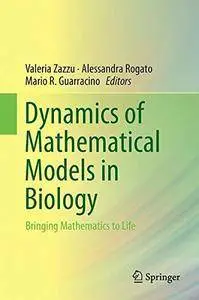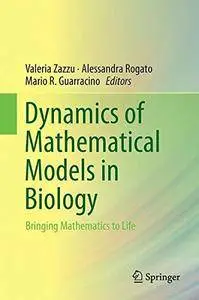Dynamics of Mathematical Models in Biology: Bringing Mathematics to Life
Springer | Mathematics | December 2016 | ISBN-10: 3319457225 | 148 pages | pdf | 3.56 mb
Springer | Mathematics | December 2016 | ISBN-10: 3319457225 | 148 pages | pdf | 3.56 mb
Editors: Rogato, Alessandra, Zazzu, Valeria, Guarracino, Mario R. (Eds.)
Addresses key areas in biology that face demanding mathematical challenges
Contains timely and pertinent results in mathematical biology from international researchers
Features chapters on novel algorithms, methods and software tools for genome dynamics, dynamics of biological networks, pattern recognition dynamics, and dynamics of polymorphisms
This volume focuses on contributions from both the mathematics and life science community surrounding the concepts of time and dynamicity of nature, two significant elements which are often overlooked in modeling process to avoid exponential computations. The book is divided into three distinct parts: dynamics of genomes and genetic variation, dynamics of motifs, and dynamics of biological networks. Chapters included in dynamics of genomes and genetic variation analyze the molecular mechanisms and evolutionary processes that shape the structure and function of genomes and those that govern genome dynamics. The dynamics of motifs portion of the volume provides an overview of current methods for motif searching in DNA, RNA and proteins, a key process to discover emergent properties of cells, tissues, and organisms. The part devoted to the dynamics of biological networks covers networks aptly discusses networks in complex biological functions and activities that interpret processes in cells. Moreover, chapters in this section examine several mathematical models and algorithms available for integration, analysis, and characterization.
Once life scientists began to produce experimental data at an unprecedented pace, it become clear that mathematical models were necessary to interpret data, to structure information with the aim to unveil biological mechanisms, discover results, and make predictions. The second annual “Bringing Maths to Life” workshop held in Naples, Italy October 2015, enabled a bi-directional flow of ideas from and international group of mathematicians and biologists. The venue allowed mathematicians to introduce novel algorithms, methods, and software that may be useful to model aspects of life science, and life scientists posed new challenges for mathematicians.



